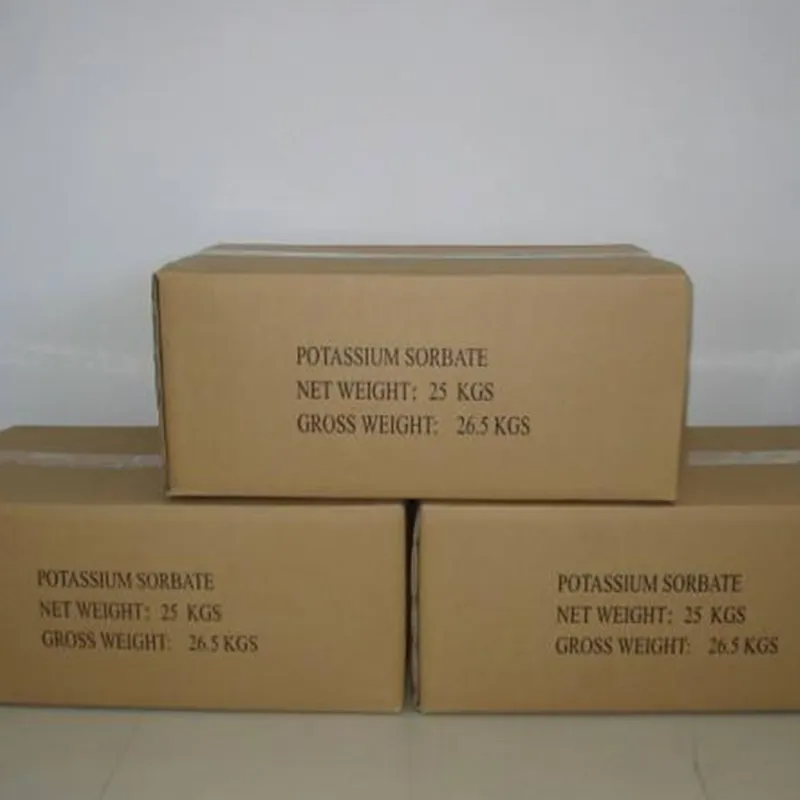
e450 additive
Understanding E450 A Comprehensive Guide to Phosphate Additives in Food
In the realm of food additives, E450, also known as diphosphates or pyrophosphates, stands out as a multifunctional compound widely utilized in the food industry. With the growing emphasis on food preservation, texture enhancement, and overall product quality, understanding E450 is crucial for consumers, producers, and health-conscious individuals alike.
What is E450?
E450 is a food additive classified under the E number system, which is a labeling scheme used in the European Union to identify food additives. Specifically, E450 refers to a group of sodium and potassium phosphates, including disodium diphosphate and tetrapotassium diphosphate. These phosphates are produced by reacting phosphoric acid with alkalis. E450 is typically used as a leavening agent, emulsifier, texturizer, and stabilizer in various food products.
Functions of E450
1. Leavening Agent In baked goods, E450 acts as a leavening agent, helping dough rise by producing carbon dioxide. This is particularly important in products such as bread, cakes, and pastries, where a light and airy texture is desired.
2. Emulsifier E450 helps in stabilizing and emulsifying mixtures that typically do not blend well, such as oil and water. This characteristic is essential in products like salad dressings, sauces, and processed foods, ensuring a uniform texture and preventing separation.
3. Moisture Retention E450 plays a key role in retaining moisture in food products, which contributes to a better mouthfeel and prolonged shelf life. It is often found in processed meats, dairy products, and ready-to-eat meals.
4. pH Control Phosphates can act as pH buffers, helping to maintain the acidity or alkalinity of food products. This function is critical in preserving flavor and enhancing the stability of various products.
e450 additive

5. Nutritional Enhancement E450 can also contribute to the nutritional profile of food, providing a source of phosphorus, which is essential for bone health and energy metabolism.
Safety and Regulations
The safety of food additives, including E450, is rigorously assessed by food safety authorities around the world. Organizations such as the European Food Safety Authority (EFSA) and the U.S. Food and Drug Administration (FDA) have evaluated E450 and deemed it safe for consumption within established limits. However, as with any additive, moderation is key. Excessive intake of phosphates has been linked to health concerns, such as kidney function impairment and cardiovascular issues, particularly in individuals with pre-existing health conditions.
Common Uses in Food Products
E450 can be found in a wide array of food products, making it a ubiquitous component of modern diets. Some common products that may contain E450 include
- Baked Goods Bread, cakes, cookies, and pastries often rely on E450 for leavening and texture. - Processed Meats Sausages, deli meats, and other processed meats utilize E450 for moisture retention and improved texture. - Dairy Products Cheese spreads, processed cheese, and certain yogurts incorporate E450 for emulsification and stabilization. - Convenience Foods Ready-to-eat meals, soups, and sauces frequently utilize E450 to enhance shelf life and consistency.
Conclusion
E450, or diphosphate, is a versatile food additive that plays a significant role in enhancing the quality and stability of various food products. With its multifaceted functions as a leavening agent, emulsifier, and moisture retainer, E450 is an essential component in the food industry. While it is considered safe for consumption under regulated limits, individuals should remain mindful of their overall dietary intake of phosphates. Understanding E450 empowers consumers to make informed choices about their food, ultimately leading to a healthier lifestyle. As the food industry continues to evolve, the role of additives like E450 will remain critical in ensuring food safety, quality, and innovation.
-
The Safety Challenges of Ammonium Nitrate FertilizerNewsJun.26,2025
-
The Critical Role of Mining ChemicalsNewsJun.26,2025
-
Shelf Life of Glacial Acetic Acid Food GradeNewsJun.26,2025
-
Enhancing PVC Longevity with 1,2,3-Benzotriazole InnovationsNewsJun.26,2025
-
China’s Dominance in Food Additive ProductionNewsJun.26,2025
-
Can Aluminum Hydroxide Replace More Toxic Alternatives?NewsJun.26,2025
-
PE and PP Plastics with Benzotriazole AdditivesNewsJun.12,2025
Hebei Tenger Chemical Technology Co., Ltd. focuses on the chemical industry and is committed to the export service of chemical raw materials.
-

view more DiethanolisopropanolamineIn the ever-growing field of chemical solutions, diethanolisopropanolamine (DEIPA) stands out as a versatile and important compound. Due to its unique chemical structure and properties, DEIPA is of interest to various industries including construction, personal care, and agriculture. -

view more TriisopropanolamineTriisopropanolamine (TIPA) alkanol amine substance, is a kind of alcohol amine compound with amino and alcohol hydroxyl, and because of its molecules contains both amino and hydroxyl. -

view more Tetramethyl Thiuram DisulfideTetramethyl thiuram disulfide, also known as TMTD, is a white to light-yellow powder with a distinct sulfur-like odor. It is soluble in organic solvents such as benzene, acetone, and ethyl acetate, making it highly versatile for use in different formulations. TMTD is known for its excellent vulcanization acceleration properties, which makes it a key ingredient in the production of rubber products. Additionally, it acts as an effective fungicide and bactericide, making it valuable in agricultural applications. Its high purity and stability ensure consistent performance, making it a preferred choice for manufacturers across various industries.











